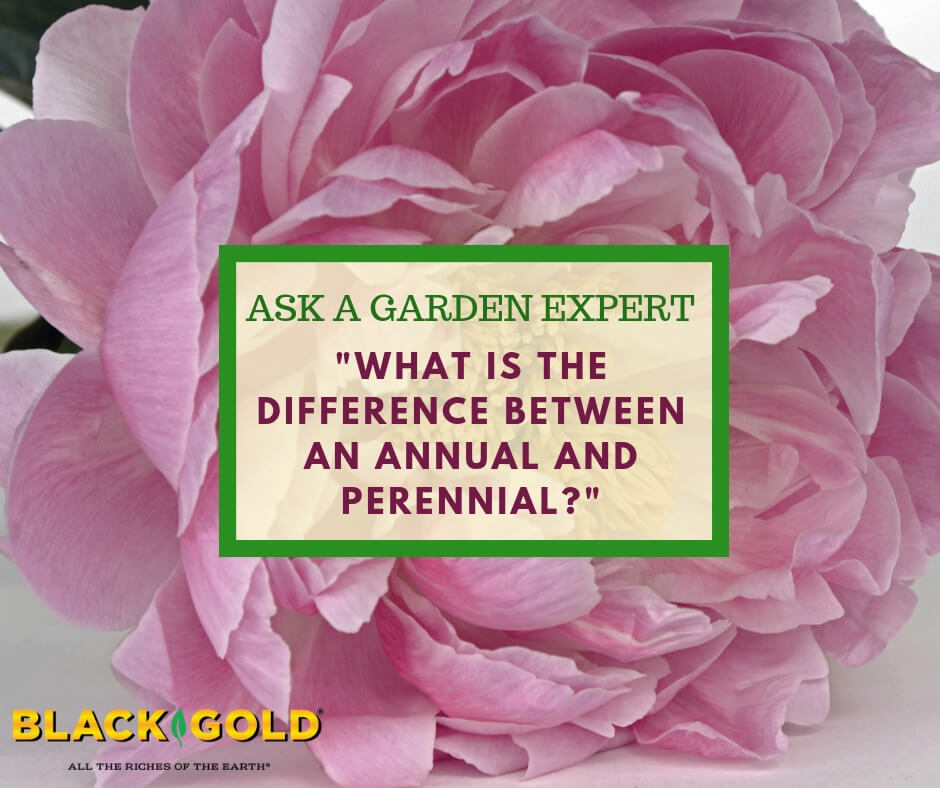
“What is the difference between an annual and a perennial?” Question from Christina of Wheeling, Illinois
Answer: These terms refer to the life cycles of non-woody or herbaceous (leafy) plants. Here are detailed explanations of both.
Annuals
Annuals live once a year, meaning they sprout, grow, bloom, set seed and die within one growing season. It’s easy to remember because the word annual means occurring once every year.
Many true annuals flower and set seed over a short period of time. The herb borage (Borago officinalis), is a perfect example of a short-lived annual. It grows in the cool spring, blooms in late spring or early summer and then quickly dies. Other annuals will bloom all season long before finally dying in fall. Common cosmos (Cosmos bipinnatus) and tall zinnias (Zinnia elegans) are two annuals that bloom through much of the growing season.
Perennials
Perennials live for three seasons or more. The word perennial means continually recurring, and these plants recur for a number of years, some for over 100 years.
Perennials have sturdy root systems that store lots of energy. These plants die to the ground during the winter months (though some, like hellebores (Helleborus spp.), may remain evergreen through winter) and have buds that rest along the soil surface or below the soil. When spring arrives, these buds sprout and new leaves emerge.
Perennial bloom times vary widely. Some may bloom in late winter while others may wait to bloom until the very end of fall. Still, others may bloom through much of the summer. That’s why it is important to know the bloom times of your perennials before planting. Cold hardiness also varies from perennial to perennial, so make sure a plant is hardy to your USDA Plant Hardiness Zone before buying.
Some perennials are short-lived surviving three to four years, while others, like peonies (Paeonia spp.), can live for over 100 years.
I hope this information helps!
Jessie Keith
Black Gold Horticulturist

